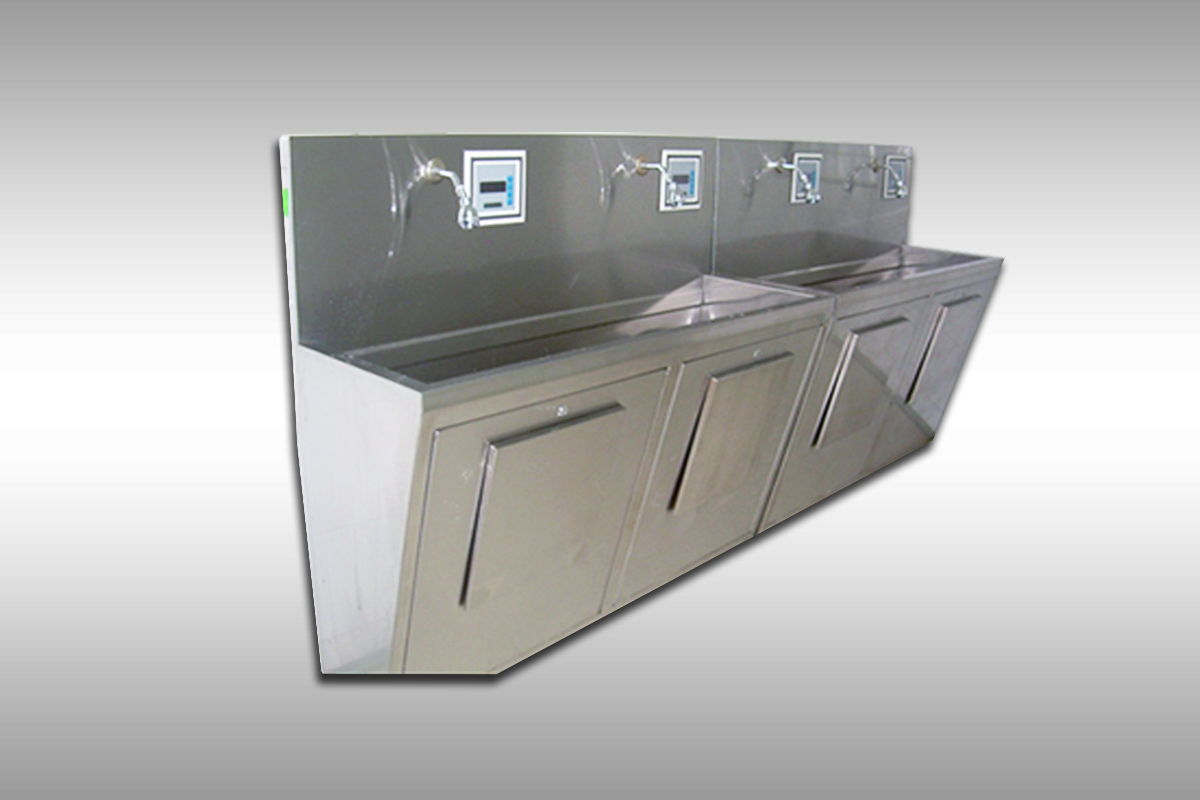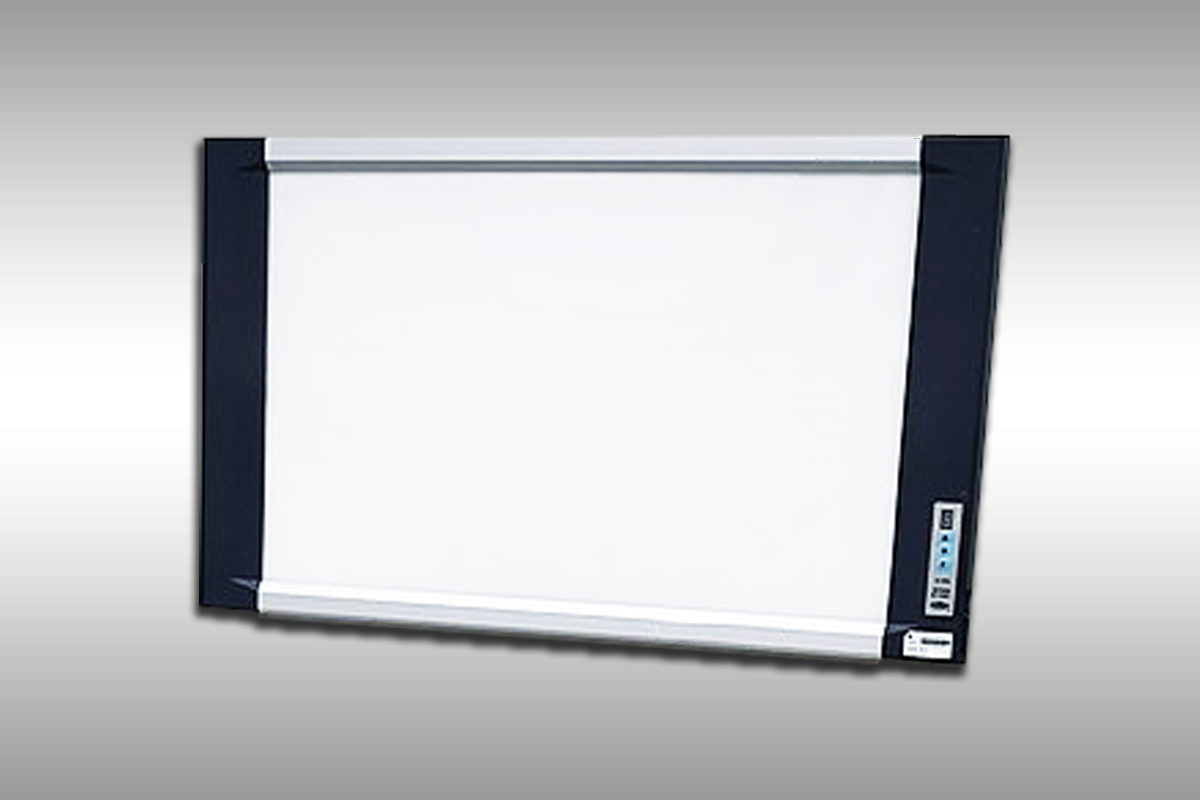Global Engineering has been in the structural designs and execution for more than a decade. We are very specialized in steel | aluminum paneling and glazing jobs in sterile environment and has developed Operation Theatre (OT) | Operation Room (OR) designs and has partnered with various companies for hospital build projects. ALMA GLOBAL is our brand for the hospital projects.
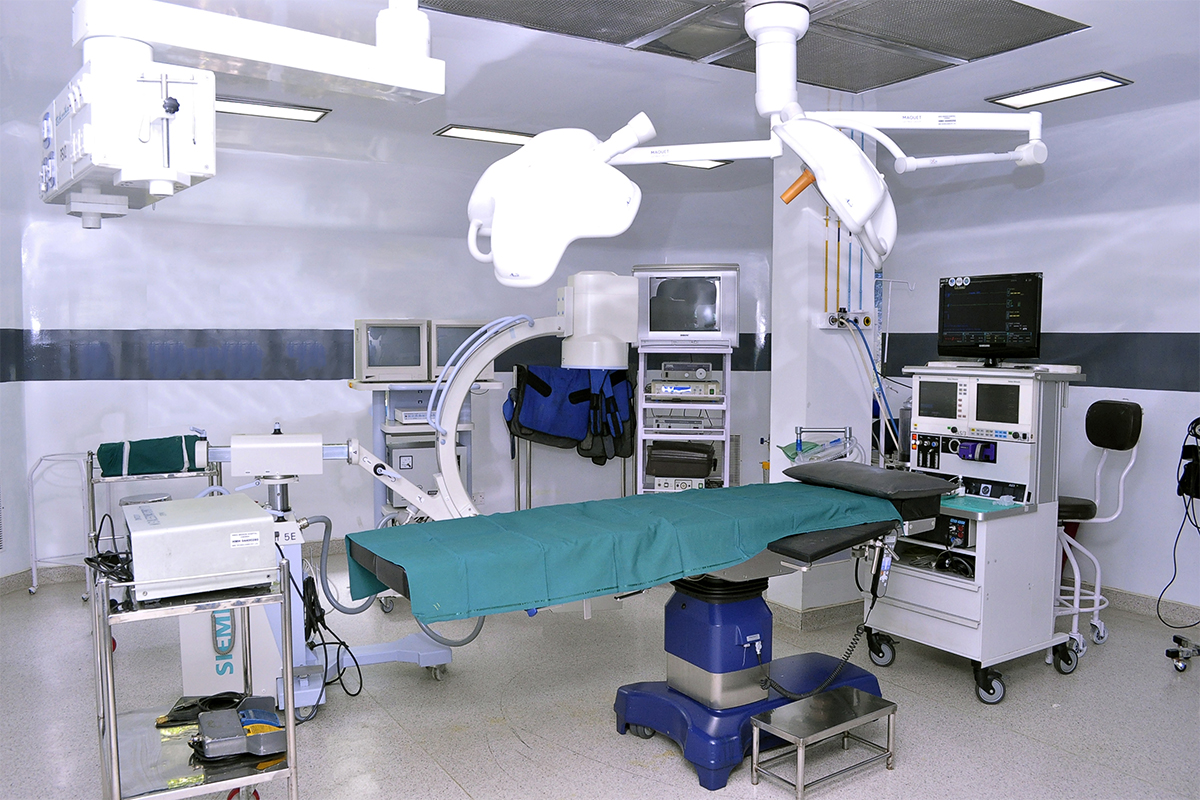
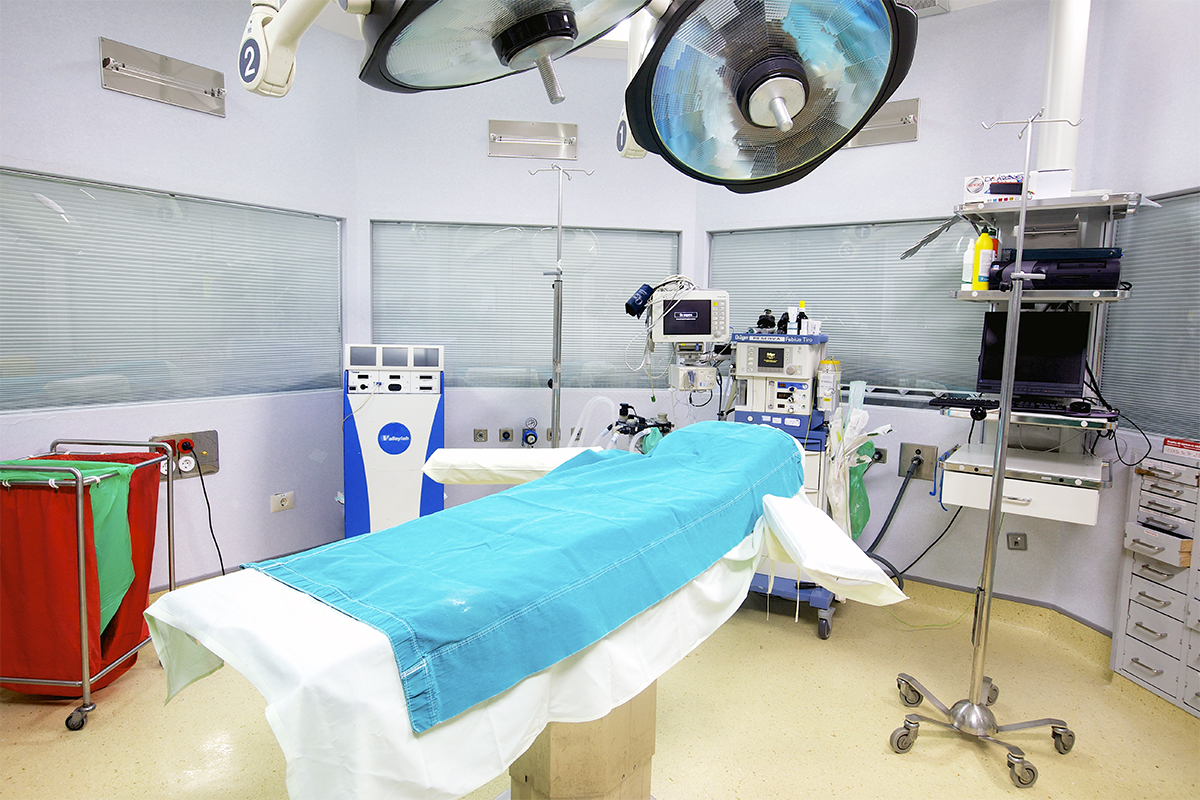
There has been spectacular progress in the development of healthcare facilities and diagnostic centers in the recent years. Impressively improved aseptic, procedures, sophisticated equipment and skills in the patient care is remarkable. These coupled with safer anesthetic techniques have made surgical intervention feasible for a number of medical entities. It is imperative that OT is designed scientifically to ensure sterility, easy maintenance and effective utilization.
OT is specialized facility of a hospital where life saving or improving procedures are carried out on the human body by invasive methods under strict aseptic conditions in a controlled environment by specially trained personnel to promote healing and cure with maximum safety, comfort and economy. Ambience is specially considered when designing the interior of a modern OT. A study is required in every kind of surgery room for the details to develop the interiors accordingly and make the room patient friendly | pleasant enough.
The essential principles that should be followed in planning the physical layout of operating room suite are exclusion of contamination from outside the suite with proper traffic patterns within the suite and separation of clean areas from contaminated areas within the suite.
OT require specialized planning because surgical facilities represent a central lifesaving activity, they make or break the reputation of the hospital, depending on their functional efficiency, it is a major cost center in the establishment of the hospital, are responsible for an appreciable quantum of revenue in private sector and no one plan suits in all hospitals. A scientific and detailed planning is required while designing an OT in order to ensure its smooth functioning, efficiency and effective utilization.
OT design should be planned in very detail so as to avoidance of unrelated hospital traffic flow in the area. Making it convenient to functional relationship and communication with surgical ward, ICU, CSSD, blood bank, medical imaging and laboratory services. Also avoiding the outdoor source of noises and interferences. Enough planning is done to provide future expansion | alterations if required. If planning for Modular Theatre, the walls should be Aluminum, Galvanized steel, Stainless steel in panels, joints filled with antibacterial silicon filling. The final prepared surface is treated with anti-bacterial film.
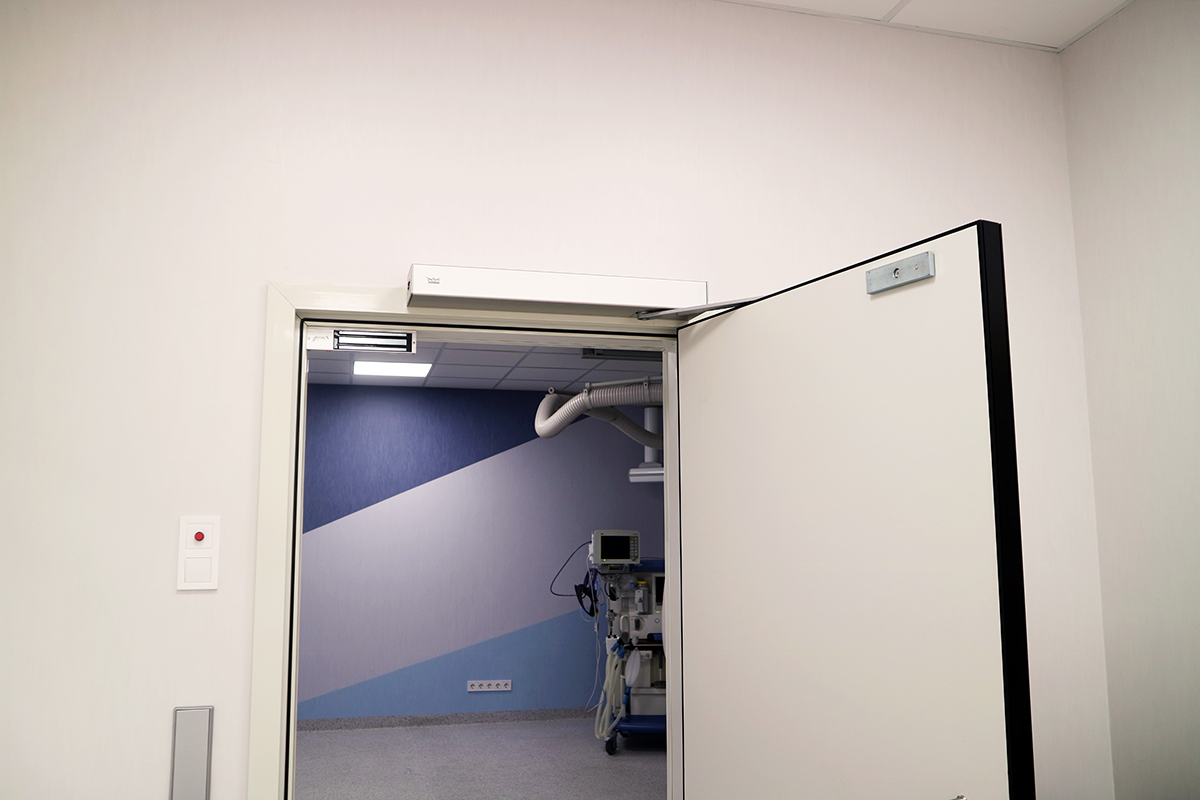
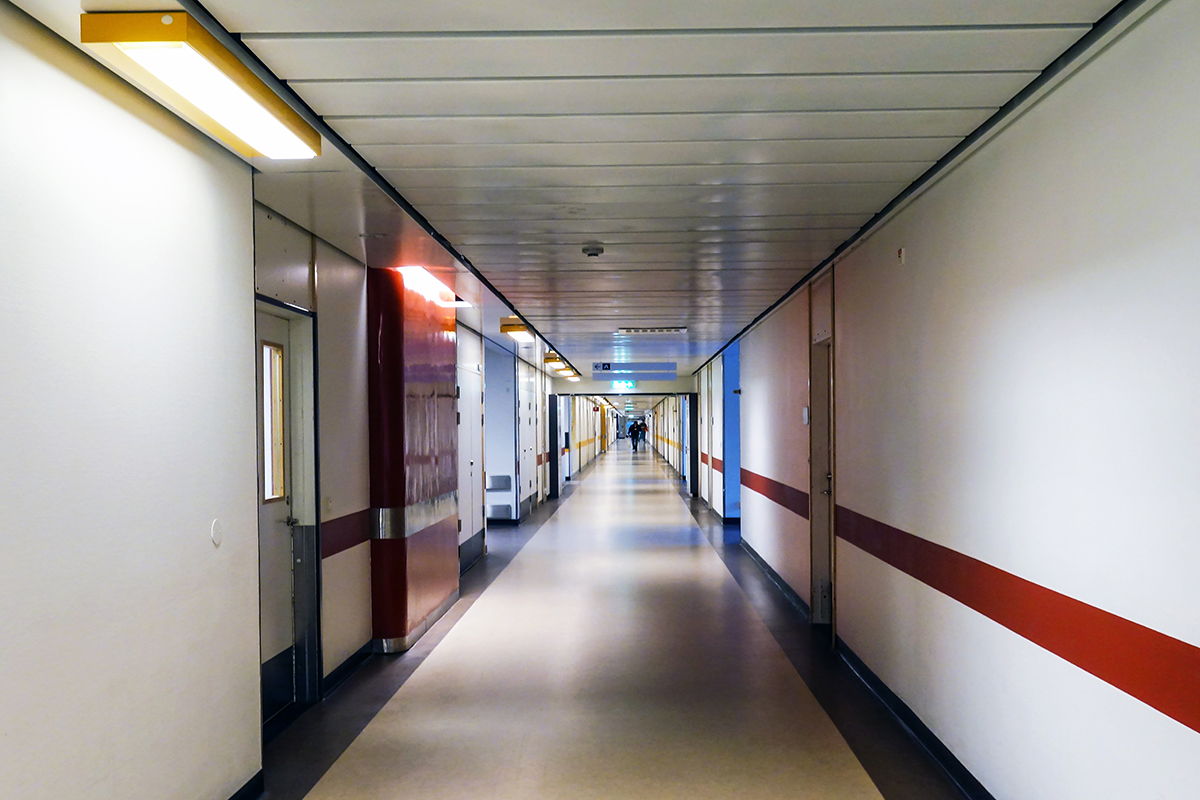
Doors should be of sliding type of minimum 1.2m width in areas where patient movement is anticipated like operation theatre, pre and post-operative rooms. Sliding doors are preferred to the double action leaf type since they are more user friendly, saves space and prevents air turbulences. Ideally doors should be electrically operated hermetically sealed sliding doors to ensure sterilization and correct air pressure. The main advantages of a hermetically sealed sliding door are: that disinfections is quicker and safer, contamination risks are under control, acoustic and noise control is easier and In case of failure of air handling unit temperature and humidity levels are brought within range more quickly. Corridors should not be less than 2.85m in width to facilitate movement of trolleys and stretchers.
Walls and ceiling should be aesthetically pleasing nonporous, fire resistant, water and stain proof, seamless, non-reflective and easy to clean. They should not cause buildup of a static electrical charge. They should be joint less or have joints capable of being sealed.

